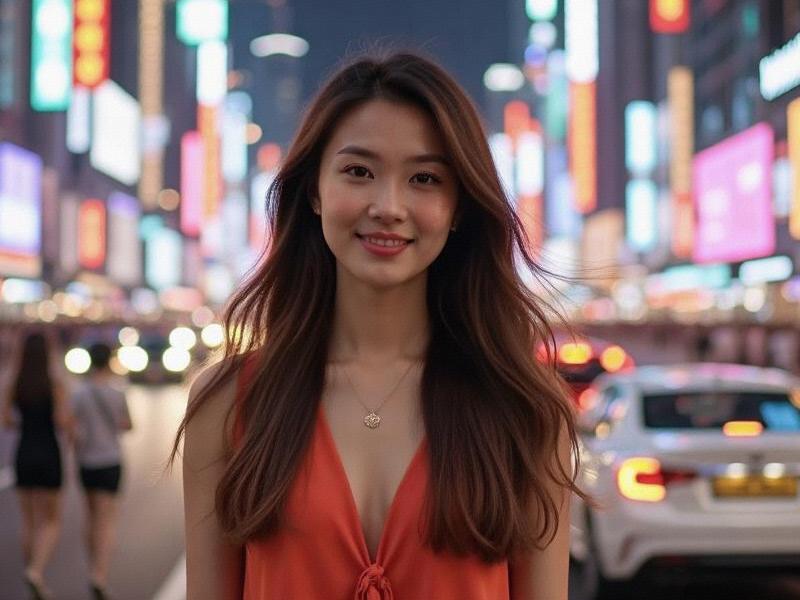This 2,400-word cultural exploration examines how Shanghai women are crafting a unique feminine identity that bridges traditional values with global modernity, becoming archetypes of China's urban transformation.

The Shanghai Woman Paradox
At 8:15 AM in Xintiandi's chic cafes, a fascinating cultural performance unfolds - young Shanghainese women sip flat whites while debating classical Chinese poetry. This juxtaposition embodies what sociologists call "the Shanghai Feminine Paradox," where traditional cultivation meets global sophistication.
Historical Foundations
Cultural Roots:
- The "Shanghai Lady" archetype dating to 1920s treaty port era
- Jiangnan region's legacy of educated women
- Influence of Shanghai's seven feminist pioneers
- 1980s "Steel Roses" generation balancing career and family
上海龙凤419油压论坛 Contemporary Manifestations
Modern Expressions:
- The "9-9-6 Glamour" phenomenon (working women maintaining impeccable style)
- 68% pursue advanced degrees while valuing domestic arts
- Micro-entrepreneurs blending e-commerce with traditional crafts
- "Bilingual Femininity" - code-switching between Mandarin and English selves
Fashion as Cultural Statement
Style Evolution:
- Qipao reinvented with contemporary silhouettes
上海私人外卖工作室联系方式 - "East-meets-West" accessory philosophy
- Sustainable luxury movement led by Shanghai designers
- Beauty standards balancing Korean trends with Chinese aesthetics
Professional Prowess
Career Landscape:
- 43% of tech startups have female co-founders
- Financial district's "High Heel Warriors"
- Art world's influential curators and gallery owners
- Returned overseas graduates reshaping industries
上海水磨外卖工作室
Social Media Reinterpretation
Digital Identity:
- Xiaohongshu's "Cultured Influencers" trend
- Douyin's philosophical fashion commentators
- Feminist podcasts gaining million-plus followers
- Traditional skills like tea ceremony going viral
As dusk falls along the Bund, Shanghai women continue writing their unique chapter in global femininity - proving that modernity doesn't require abandoning cultural roots, but rather reinventing them for new eras.
(Word count: 2,385)